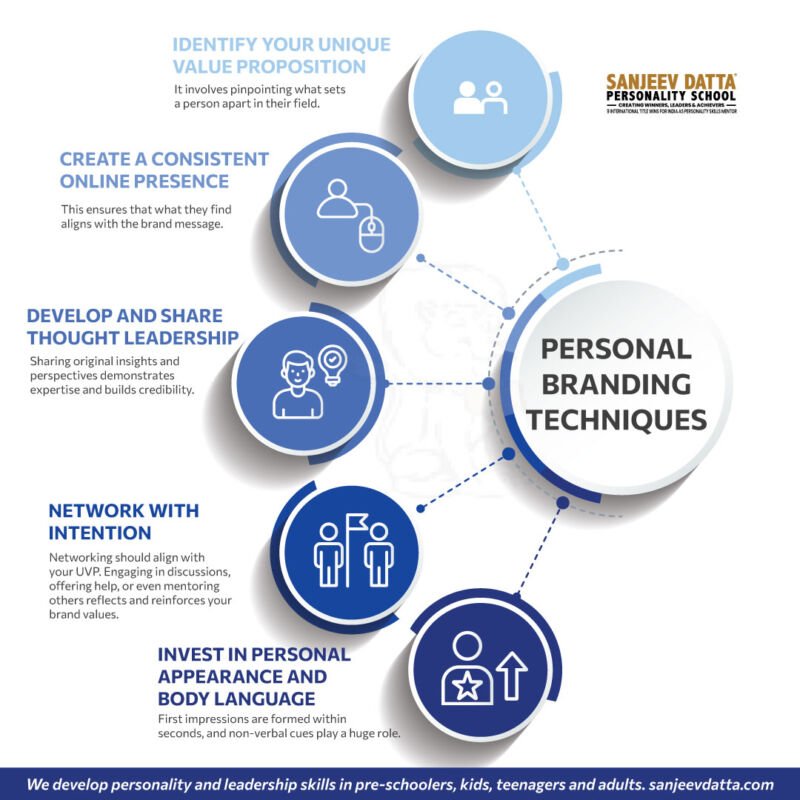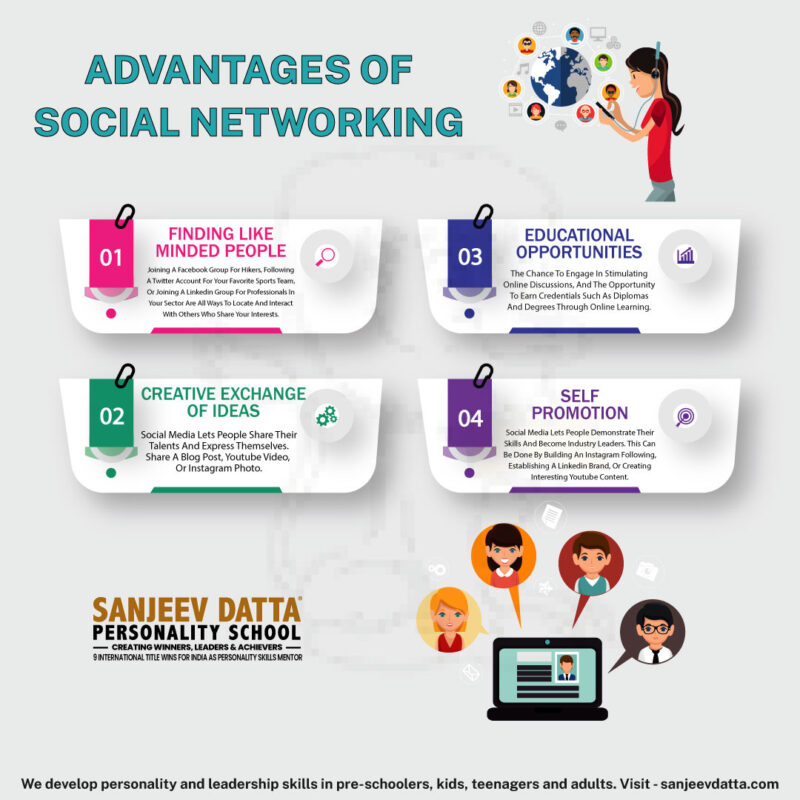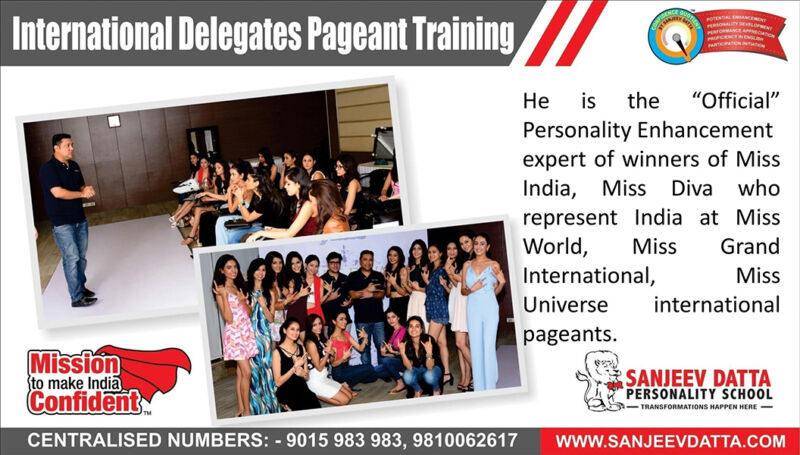Do you wake up every Monday with a sense of dread? Does the thought of spending another decade in your current role make you feel trapped? You’re not alone—research shows that 70% of professionals feel disengaged at work, and many are stuck in careers that don’t align with their true potential. If you’re reading this, chances are you’re already sensing something isn’t quite right. The good news? Recognizing the signs you are in the wrong career is the first step toward building a fulfilling professional life that actually excites you. Let’s dive into the telltale indicators and, more importantly, what you can do about it.
The Career Misalignment Epidemic: Why This Matters Now
Your twenties and early thirties are crucial career-building years. This is when you establish patterns, build expertise, and set the trajectory for your professional future. Yet, many young professionals find themselves trapped in roles that drain their energy rather than fuel their ambitions.
Here’s the reality: being in the wrong career isn’t just about job dissatisfaction—it impacts your mental health, relationships, earning potential, and overall life satisfaction. The sooner you recognize the warning signs, the sooner you can course-correct toward a career that truly fits.
10 Clear Signs You Are in the Wrong Career
- Sunday Night Blues Have Become Your Norm
Do you find yourself dreading Sunday evenings because Monday is approaching? This isn’t just “normal work stress”—it’s your mind and body telling you something is fundamentally wrong.
What this looks like:
- Physical symptoms like headaches or stomach issues on Sunday nights
- Anxiety about the upcoming work week
- Constantly checking the clock during work hours
- Feeling relieved only when leaving the office
If work consistently feels like a burden rather than an opportunity, you’re experiencing one of the most telling signs.

- Your Skills and Strengths Are Underutilized
Imagine being a naturally gifted communicator stuck in a data entry role, or a creative problem-solver trapped in rigid, procedural work. When your core strengths aren’t being used, you’ll feel frustrated and unfulfilled.
Red flags include:
- Your best abilities are rarely called upon
- You feel like you’re “playing small”
- Colleagues don’t recognize your key talents
- You fantasize about roles that would better use your skills
how to plan international career move
- You’ve Lost Your Learning Appetite
Remember when you were excited to grow and develop professionally? If that enthusiasm has completely disappeared, it might be because your current career path doesn’t inspire genuine interest.
Warning signs:
- Professional development feels like a chore
- You avoid learning new skills in your field
- Industry trends bore you to tears
- You’d rather learn about anything except your work
4. Your Values and Work Culture Clash
Values misalignment is like wearing shoes that don’t fit—uncomfortable at best, painful at worst. When your personal values conflict with your workplace culture or industry practices, internal stress becomes inevitable.
Examples of values misalignment:
- You value work-life balance but work in a “hustle culture” environment
- You prioritize collaboration but work in a highly competitive, cutthroat industry
- You care about social impact but work for a company that doesn’t
- You value creativity but work in a rigid, process-driven role
5. Career Growth Feels Impossible or Undesirable
When you look at senior people in your organization or industry, do you think, “I definitely don’t want their job”? If advancement opportunities either don’t exist or don’t appeal to you, you’re likely in the wrong field.
Consider these questions:
- Do promotion opportunities excite or terrify you?
- Can you see yourself in senior roles within your current field?
- Are there clear paths for growth that align with your interests?
- Do you respect and admire leaders in your industry?

6. Your Energy Levels Are Consistently Low
Work should energize you, at least some of the time. If you’re constantly exhausted—not just physically, but mentally and emotionally—your career might be draining your life force.
Energy drain indicators:
- You need excessive recovery time after work
- Simple work tasks feel overwhelming
- You lack enthusiasm for projects
- You feel burnt out despite reasonable work hours
7. You Constantly Fantasize About Different Careers
Do you find yourself daydreaming about completely different professions? While occasional “what if” thoughts are normal, persistent career fantasies often signal deep dissatisfaction.
Pay attention if you:
- Regularly research other career paths
- Envy friends in different industries
- Feel excited when discussing other people’s jobs
- Have detailed fantasies about career changes
8. Work Feels Meaningless or Purposeless
Humans need purpose to thrive. If your work feels pointless or doesn’t contribute to something you care about, you’ll struggle to find motivation and satisfaction.
Signs of purpose misalignment:
- You can’t explain why your work matters
- You feel disconnected from your company’s mission
- Your job doesn’t utilize your desire to help or create
- You question the value of what you do daily
9. You’ve Developed Work-Related Health Issues
Chronic stress from career misalignment can manifest in physical and mental health problems. Your body often knows you’re in the wrong career before your mind fully accepts it.
Health red flags:
- Frequent headaches or migraines
- Sleep disturbances or insomnia
- Digestive issues
- Increased anxiety or depression
- Frequent illnesses
10. Financial Success Doesn’t Compensate for Job Dissatisfaction
Money matters, but if a good salary is the only thing keeping you in your role, you’re likely experiencing career misalignment. True career satisfaction requires more than financial compensation.
Consider whether:
- You feel guilty about disliking a well-paying job
- Money is the only positive aspect of your work
- You’d take a pay cut for more fulfilling work
- Financial stress is the only thing preventing a career change
What to Do Next: Your Career Pivot Action Plan

Step 1: Conduct a Honest Self-Assessment
Before making any dramatic moves, invest time in understanding yourself deeply. This is where personality development training becomes invaluable. Understanding your personality type, values, strengths, and preferences provides a foundation for making informed career decisions.
Key areas to explore:
- Your core values and non-negotiables
- Natural strengths and talents
- Preferred work environment and culture
- Ideal work-life balance
- Long-term life goals and priorities
Many young professionals skip this crucial step and end up jumping from one misaligned career to another. Don’t make that mistake.
Step 2: Explore Alternative Career Paths
With self-awareness as your guide, begin researching careers that might better align with your authentic self. This isn’t about finding the “perfect” job—it’s about identifying better fits.
Research strategies:
- Conduct informational interviews with professionals in interesting fields
- Shadow people in roles that intrigue you
- Take career assessment tests
- Explore emerging industries and job roles
Consider how your current skills might transfer to new fields
Step 3: Invest in Targeted Skill Development
Once you’ve identified potential career directions, you’ll likely need to develop new skills or strengthen existing ones. This is where a structured personality development course can be incredibly valuable, especially if your career pivot involves more people interaction, leadership, or communication.
Skill development priorities:
- Technical skills specific to your target industry
- Soft skills like communication, leadership, and emotional intelligence
- Digital literacy and technology skills
- Industry-specific knowledge and certifications
Step 4: Build Your Network Strategically
Career transitions are rarely successful in isolation. Building relationships in your target industry can provide insights, opportunities, and support throughout your transition.
Networking strategies:
- Join professional associations in your target field
- Attend industry events and conferences
- Engage with professionals on LinkedIn
- Volunteer for organizations related to your target career
- Find a mentor in your desired field

Step 5: Create a Transition Plan
Successful career changes don’t happen overnight. Develop a realistic timeline that allows you to build skills, gain experience, and make the transition without unnecessary financial stress.
Transition planning elements:
- Financial preparation (savings, budget adjustments)
- Skill-building timeline
- Experience-gaining opportunities (freelance, volunteer, part-time)
- Application and interview preparation
- Risk mitigation strategies
The Role of Personality Development in Career Success
Many young professionals underestimate how much personality development training can impact career satisfaction and success. Whether you’re staying in your current field or making a dramatic change, developing your personality and soft skills creates opportunities and improves workplace relationships.

Key Benefits of Personality Development:
- Enhanced Self-Awareness: Understanding your personality type helps you choose roles and environments where you’ll naturally thrive. It’s like having a career GPS that keeps you moving in the right direction.
2. Improved Communication Skills: Regardless of your field, strong communication skills will set you apart. A competitive personality development course helps you express ideas clearly, handle conflicts constructively, and build stronger professional relationships.
3. Increased Confidence: Career transitions require courage and self-belief. Personality development work builds the confidence needed to take calculated risks and advocate for yourself effectively.
4. Better Leadership Potential: Even if you’re not in a formal leadership role, leadership skills make you more valuable in any career. Personality development training helps you influence others, manage projects, and drive results.
Common Career Transition Challenges and Solutions
Challenge 1: Financial Concerns
- The Problem: Leaving a stable job for an uncertain career path feels financially risky.
- The Solution: Create a transition fund, consider gradual transitions (part-time, consulting, or freelancing), and research salary expectations in your target field realistically.
Challenge 2: Imposter Syndrome
- The Problem: Feeling unqualified or unworthy of career opportunities in new fields.
- The Solution: Focus on transferable skills, seek mentorship, and remember that everyone starts somewhere. Personality development training can be particularly helpful in building confidence and overcoming limiting beliefs.
Challenge 3: Family and Social Pressure
- The Problem: Others questioning your decision to leave a “good” job or pursue something different.
- The Solution: Communicate your reasons clearly, set boundaries around unsolicited advice, and surround yourself with supportive people who understand your goals. Take a personality assessment, reach out to someone in a field that interests you, or research personality development course options.
Challenge 4: Starting Over
- The Problem: Feeling like you’re going backward or wasting previous experience.
- The Solution: Reframe your experience as valuable foundation that makes you unique in your new field. Most skills are more transferable than you think.
Real-World Success Stories: Career Pivots That Worked
- Sarah’s Story: From Accounting to UX Design
Sarah, 28, spent four years as a corporate accountant before recognizing she was experiencing multiple signs. She felt drained, underutilized her creative abilities, and dreaded going to work.
Her pivot strategy:
- Enrolled in a personality development course to build confidence and communication skills
- Took evening UX design classes while keeping her day job
- Built a portfolio through volunteer projects
- Networked within the design community
- Made the transition after 18 months of preparation
- The result: A 30% salary increase and significantly higher job satisfaction within two years.
2. Michael’s Journey: From Sales to Teaching
Michael, 26, was successful in pharmaceutical sales but felt disconnected from meaningful work. His personality assessment revealed strong teaching and mentoring abilities that were underutilized in his sales role.
His transition approach:
- Completed personality development training focused on educational leadership
- Volunteered as a tutor while maintaining his sales job
- Pursued teaching certification through evening classes
- Built relationships with educators and school administrators
- The outcome: Became a high school science teacher and later a curriculum coordinator, finding deep satisfaction in developing young minds.
The Timeline Reality: How Long Does Career Change Take?
Let’s be realistic about timelines. Successful career changes typically take 12-24 months when done thoughtfully. Here’s a general timeline:
Months 1-3: Self-Discovery and Research
- Complete personality assessments and career exploration
- Research target industries and roles
- Begin networking and informational interviewing
Months 4-9: Skill Building and Experience Gaining
- Enroll in relevant courses or certification programs
- Gain experience through volunteering, freelancing, or side projects
- Continue networking and relationship building
Months 10-18: Active Transition
- Begin applying for roles in your target field
- Leverage your network for opportunities
- Consider bridge roles that move you closer to your goal
Months 18-24: Establishing and Growing
- Settle into your new career path
- Continue developing relevant skills
- Build expertise and reputation in your new field
Frequently Asked Questions
Q: How do I know if it’s just a bad workplace or truly the wrong career?
A: Consider whether you’ve felt this way across multiple workplaces or if your dissatisfaction is tied to specific companies. If you can’t envision being happy in any role within your field, it’s likely a career misalignment rather than just a bad workplace.
Q: Is it too late to change careers in my late twenties or early thirties?
A: Absolutely not! Your late twenties and early thirties are actually ideal for career pivoting. You have enough experience to know what you don’t want, but you’re still young enough to build expertise in a new field. Many successful professionals made significant career changes in their thirties and beyond.
Q: How much of a salary cut should I expect when changing careers?
A: This varies widely depending on your transition strategy and target field. Some people maintain or even increase their salaries by leveraging transferable skills, while others may take temporary decreases to gain entry into new fields. Planning and gradual transitions can minimize financial impact.
Q: Should I quit my job before finding a new career direction?
A: Generally, it’s wiser to explore and prepare while still employed. However, if your current job is severely impacting your mental health or preventing you from making progress on your transition, you might consider taking a strategic break with proper financial planning.
Q: How can personality development training help with career change?
A: Personality development training provides self-awareness, confidence, and communication skills essential for career transitions. It helps you understand your natural strengths, improve how you present yourself to potential employers, and develop the resilience needed to navigate change successfully.
Your Next Steps Start Today
Recognizing the signs you are in the wrong career is uncomfortable but liberating. It means you’re ready to stop settling and start building a professional life that aligns with who you really are.
Don’t let fear of change keep you trapped in a career that’s slowly draining your potential. The economy needs professionals who are passionate, engaged, and playing to their strengths. By making this change, you’re not just helping yourself—you’re contributing to a more productive and innovative workforce.
Your future self will thank you for having the courage to recognize when something isn’t working and taking action to fix it. The career that’s truly meant for you is waiting—you just have to be brave enough to go find it.
Remember, being in the wrong career isn’t a failure; it’s valuable data. Use it to build something better.


